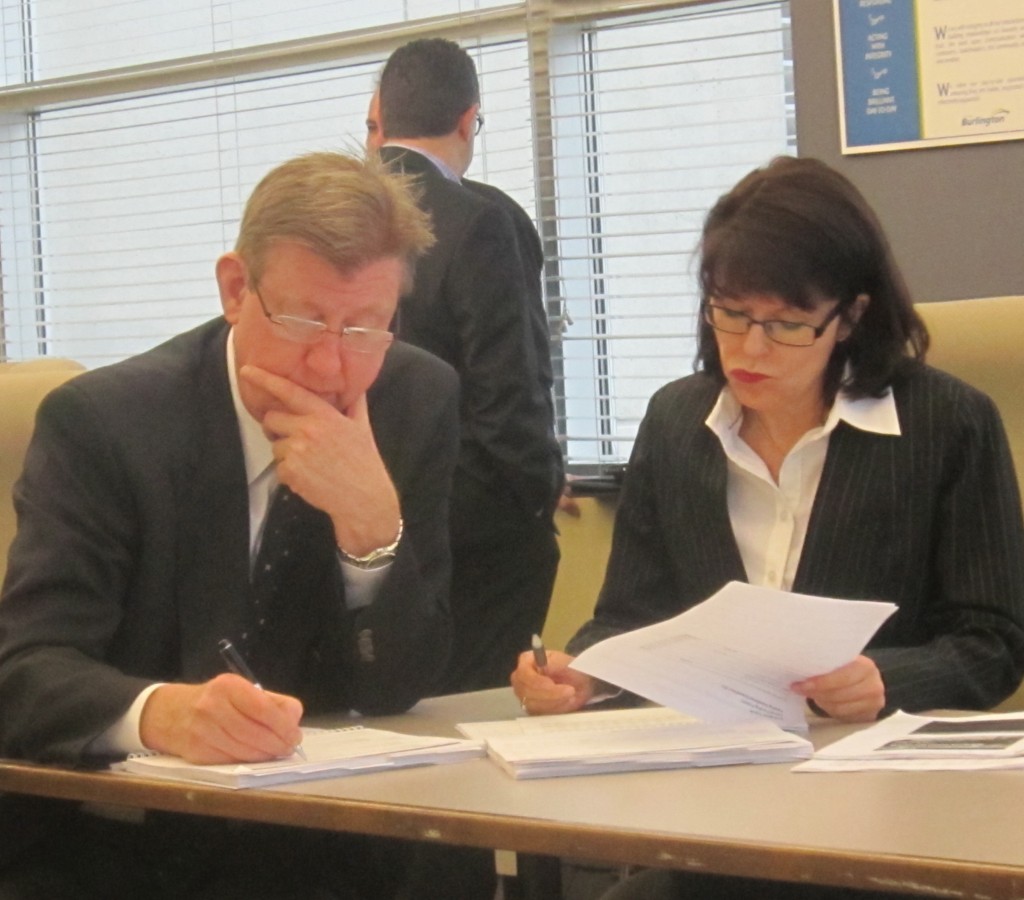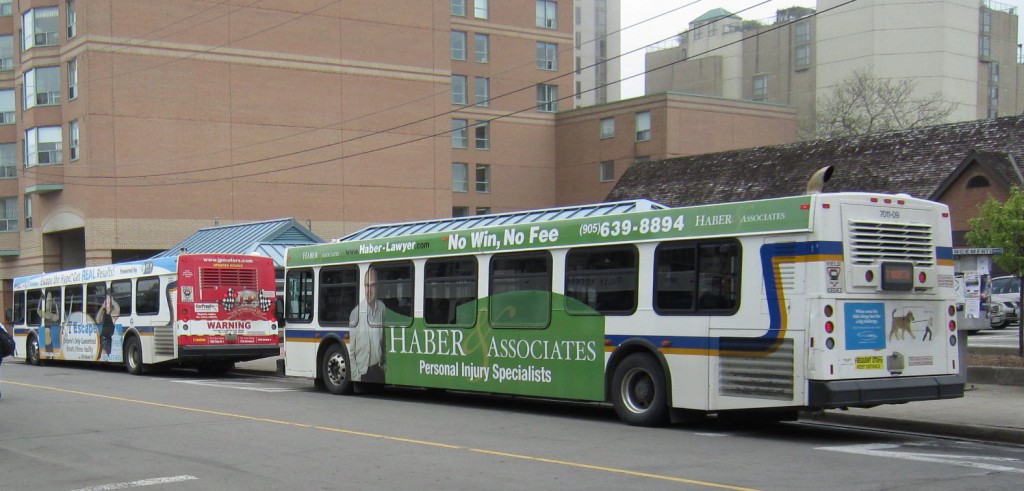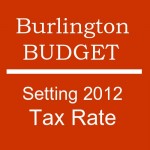BURLINGTON, ON March 7, 2012 There is going to be a fare increase – think in terms of it being an additional 25 cents added to the current $3.00 cash fare. There will be discounts for monthly passes.
The Budget Committee stewed for some time over what to do with transit. Ridership is only now getting back to the levels it was in the 80’s. The transit people are reviewing a report from a group of consultants and working on a Transit Master Plan.
The truth for Burlington is that no one wants to take the bus except for the people that don’t own a car because they can’t afford one or are no longer able to drive. Ten percent of the Burlington population is said to be living below the poverty line
The key metric for everything to do with transit in Burlington is called the R/C ratio; which is the ratio of revenue to cost. On many routes it is terrible and consistently draws the comment that “I saw a bus go by and it was empty” which gets the response “if you get on the bus it won’t be as empty” from transit staff.
Transit has a budget of more than $8, 647,000 each year.
At the last budget meeting there were two recommendations for fare increases. Councillor Taylor wanted it raised to $3.25 effective September 1st which he calculated would bring in $89,251 in new revenue. Why wait till September was Councillor Dennison’s response – he wanted the 25 cent increase to be effective May 1 – which would add $170,063 to the revenue side of the budget. Neither amount does very much for a budget that is over $8 million.

They are looking at the same piece of paper but they are certainly not on the same page. Councillor Sharman and Director of Transit Donna Sheppard separated by key differences: he doesn't take the bus, she doesn't drive one..
Council members kept comparing Burlington’s prices to Oakville and Toronto – the cash fare in Toronto gets one a heck of a lot more value than Burlington is ever going to be able to offer. It is ingenuous to suggest that a Burlington cash fare should be anywhere near what Toronto charges.
The debate went back and forth with some council members talking about the cost of the system to the city and others talking about the need for the city to provide a service. None of the council members actually use the bus service; they don’t have to. It is the public that has to use the service that isn’t being heard by the majority of this Council. Meed Ward brings an understanding, sympathy and empathy for the problem.
Transit got mentioned in the Strategic Plan because the city had to mention it; it wasn’t put in the document because the city council members or staff saw it as a burning issue.
The budget committee kind of threw their hands up in the air and passed the whole thing back to staff saying – ‘here you guys figure it out’, which staff will certainly do. The comment in the budget agenda document provided by Dennison went as follows:
Achieve an annual RC ratio system wide of not less than 45% by September 1, 2012 with a 5% ridership increase in the projection; and further, that staff and the consultant review the six routes that have RC ratios of 30% and under and come back with reviews that include buses for peak only; dial a ride for off peak. All remaining routes are to be reviewed for opportunities for efficiency improvement and further, only improvements that can be implemented by June 2012. In addition, staff to produce the utilization route maps for individual routes that do not show overlaps of routes on any page.
How’s THAT for a set of marching orders? Absolutely none of it is do-able in the time frames given. Transit staff struggle maintaining a transit system in a city that really doesn’t want public transit but knows it has to provide such a service. Somewhere between the early 1980’s and today something changed. Ridership was much higher, the bus terminal was a bustling place and public transit was not seen as something poor people use.
Whether it was the urban sprawl, cheap gas and a lifestyle that had people driving everywhere; malls that you drove to and a transit schedule that seemed to meet the needs of the community – all hard to tell. What Burlington does know is that it has a transit system that is costing too much and not delivering all that much in the way of value for what is being spent.

Plans to develop the parking lots either side of the John Street bus terminal and a consultants recommendation to get into marketing as much as moving people around suggest big changes for the service. Is city Council going to pick up the tab?
The most recent consultant’s report suggests that Burlington is going to have to morph from a service that moves boxes with wheels on it up and down streets to an organization that tailors the transit service to the needs of specific markets and in the process become as much a marketing driven organization as an operator of vehicles.
It’s do-able. It has been done elsewhere with significant results. What seems to be missing in Burlington and at the Council table is the role transit plays in the life of a community. It is not a source of profit. It is a public service delivered by public servants in place to meet the needs, the real needs of the community.
That direction, put together by Dennison and sent back to staff, sounds like a cost cutting exercise handed out by an MBA graduate who has forgotten that the immediate and long term needs of the community are the issue.
Some social imagination will help. Now that the task has been handed back to staff we will get to see what kind of a twist the city manager puts on the way he interprets his role.
Doug Brown, who has more documentation on transit services than anyone else in the city, has a vision for the service he thinks the city needs. Does it square with reality?















